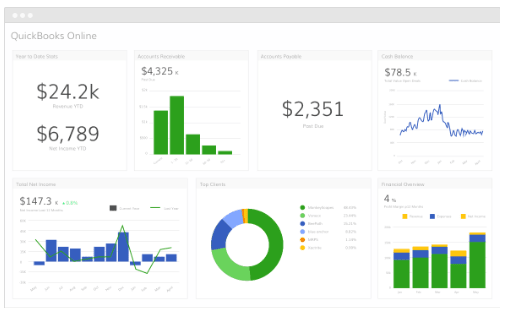
Even though Lynn feels the equipment is worth $60,000, she may only record the cost she paid for the equipment of $40,000. The cost principle, also known as the historical cost principle, states that virtually everything the company owns or controls (assets) must be recorded at its value at the date of acquisition. For most assets, this value is easy to determine as it is the price agreed to when buying the asset from the vendor. There are some exceptions fundamental accounting concepts to this rule, but always apply the cost principle unless FASB has specifically stated that a different valuation method should be used in a given circumstance. In preparing general-purpose financial statements, there are guidelines and principles that are understood by both the accountants who prepare them and the users of such reports are followed. Here are the nine most important accounting concepts small-business owners should know.

If you choose an accounting method and later want to change it, you must get IRS approval. We believe everyone should be able to make financial decisions with confidence. It means the collection of cash and payment in cash is ignored while calculating the profit or loss of the year. However, the FASB and the IASB continue to work together to issue similar regulations on certain topics as accounting issues arise. For example, in 2014, the FASB and the IASB jointly announced new revenue recognition standards.
Cost Concept
The basic components of even the simplest accounting system are accounts and a general ledger. An account is a record showing increases and decreases to assets, liabilities, and equity—the basic components found in the accounting equation. As you know from Introduction to Financial Statements, each of these categories, in turn, includes many individual accounts, all of which a company maintains in its general ledger. A general ledger is a comprehensive listing of all of a company’s accounts with their individual balances. In Introduction to Financial Statements, we addressed the owner’s value in the firm as capital or owner’s equity. The primary reason for this distinction is that the typical company can have several to thousands of owners, and the financial statements for corporations require a greater amount of complexity.
For example, Lynn Sanders purchases two cars; one is used for personal use only, and the other is used for business use only. According to the separate entity concept, Lynn may record the purchase of the car used by the company in the company’s accounting records, but not the car for personal use. Once an asset is recorded on the books, the value of that asset must remain at its historical cost, even if its value in the market changes. For example, Lynn Sanders purchases a piece of equipment for $40,000. She believes this is a bargain and perceives the value to be more at $60,000 in the current market.
